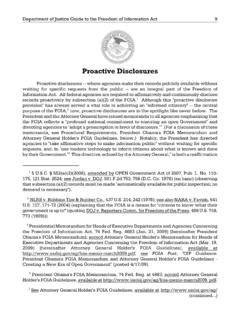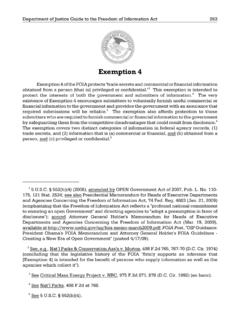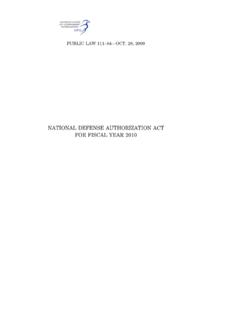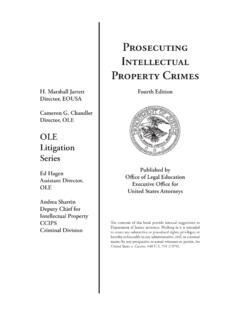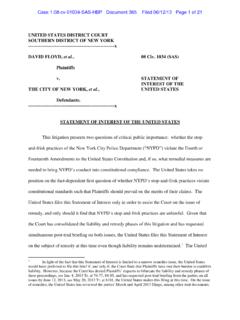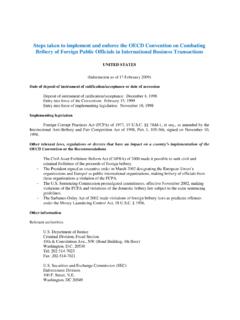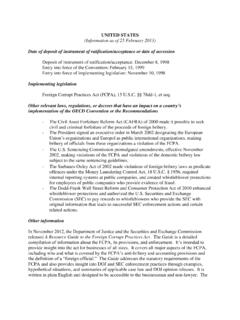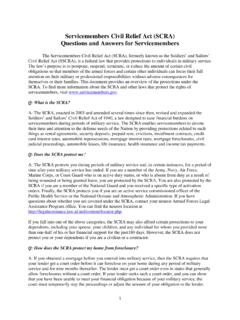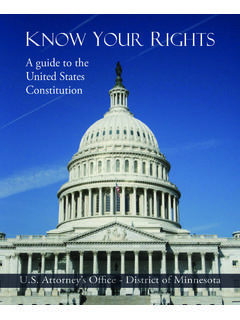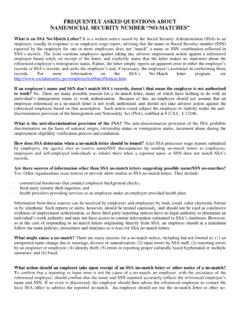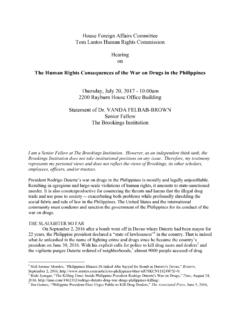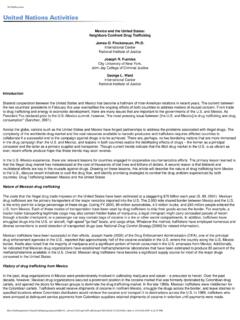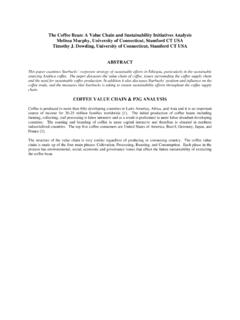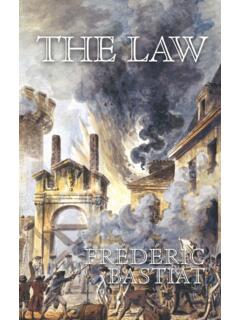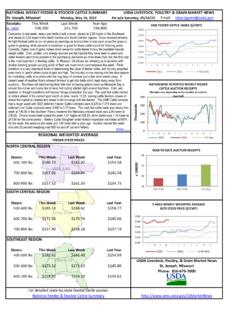Transcription of DOJ Report on Shooting of Michael Brown
1 Memorandum DEPARTMENT OF JUSTICE Report REGARDING THE CRIMINAL INVESTIGATION INTO THE Shooting DEATH OF Michael Brown BY FERGUSON, MISSOURI POLICE OFFICER DARREN WILSON MARCH 4, 2015 Table of Contents I. Introduction .. 4 II. Summary of the Evidence, Investigation, and Applicable Law .. 5 A. Summary of the 5 B. Initial Law Enforcement Investigation .. 8 C. Legal Summary .. 9 1. The Law Governing Uses of Deadly Force by a Law Enforcement Officer .. 9 i. The Shootings Were Not Objectively Unreasonable Uses of Force Under 18 242 .. 10 Did Not Willfully Violate Brown s Constitutional Right to Be Free from Unreasonable Force .. 11 III. Summary of the Evidence .. 12 A. Darren Wilson s Account .. 12 B. Physical and Forensic 16 1.
2 Crime Scene .. 16 2. Autopsy Findings .. 17 3. DNA 20 4. Dispatch Recordings .. 21 5. Ballistics .. 23 s Firearm and Projectiles Fired .. 23 Recovered from 23 Residue on Brown s Shirt .. 23 6. 24 7. Audio Recording of Shots 24 8. Wilson s Medical 25 9. Brown s Toxicology .. 25 10. Ferguson market Surveillance 25 C. Witness Accounts .. 26 1. Witnesses Materially Consistent with Prior Statements, Physical Evidence, and Other Witnesses and Therefore, Give Credible Accounts .. 27 2 i. Witnesses Materially Consistent with Prior Statements, Physical Evidence, and Other Witnesses Who Corroborate That Wilson Acted in Self-Defense.
3 27 ii. Witnesses Consistent with Prior Statements, Physical Evidence, and Other Witnesses Who Inculpate Wilson .. 36 2. Witnesses Who Neither Inculpate Nor Fully Corroborate Wilson .. 36 3. Witnesses Whose Accounts Do Not Support a Prosecution Due to Materially Inconsistent Prior Statements, or Inconsistencies With the Physical and Forensic 44 IV. Legal Analysis .. 78 A. Legal Standard .. 79 B. Uses of Force .. 79 1. Shooting at the 80 2. Wilson s Subsequent Pursuit of Brown and Shots Allegedly Fired as Brown was Moving Away .. 81 3. Shots Fired After Brown Turned to Face Wilson .. 82 C. Willfulness .. 85 VI. Conclusion .. 86 3 I. Introduction At approximately noon on Saturday, August 9, 2014, Officer Darren Wilson of the Ferguson Police Department ( FPD ) shot and killed Michael Brown , an unarmed 18-year-old.
4 The Criminal Section of the Department of Justice Civil Rights Division, the United States Attorney s Office for the Eastern District of Missouri, and the Federal Bureau of Investigation ( FBI ) (collectively, The Department ) subsequently opened a criminal investigation into whether the Shooting violated federal law. The Department has determined that the evidence does not support charging a violation of federal law. This memorandum details the Department s investigation, findings, and conclusions. Part I provides an introduction and overview. Part II summarizes the federal investigation and the evidence uncovered during the course of the investigation, and discusses the applicable federal criminal civil rights law and standards of federal prosecution. Part III provides a more in-depth summary of the evidence. Finally, Part IV provides a detailed legal analysis of the evidence and explains why the evidence does not support an indictment of Darren Wilson.
5 The Department conducted an extensive investigation into the Shooting of Michael Brown . Federal authorities reviewed physical, ballistic, forensic, and crime scene evidence; medical reports and autopsy reports, including an independent autopsy performed by the United States Department of Defense Armed Forces Medical Examiner Service ( AFMES ); Wilson s personnel records; audio and video recordings; and internet postings. FBI agents, St. Louis County Police Department ( SLCPD ) detectives, and federal prosecutors and prosecutors from the St. Louis County Prosecutor s Office ( county prosecutors ) worked cooperatively to both independently and jointly interview more than 100 purported eyewitnesses and other individuals claiming to have relevant information. SLCPD detectives conducted an initial canvass of the area on the day of the Shooting .
6 FBI agents then independently canvassed more than 300 residences to locate and interview additional witnesses. Federal and local authorities collected cellular phone data, searched social media sites, and tracked down dozens of leads from community members and dedicated law enforcement email addresses and tip lines in an effort to investigate every possible source of information. The principles of federal prosecution, set forth in the United States Attorneys Manual ( USAM ), require federal prosecutors to meet two standards in order to seek an indictment. First, we must be convinced that the potential defendant committed a federal crime. See USAM (a federal prosecution should be commenced only when an attorney for the government believes that the person s conduct constitutes a federal offense ). Second, we must also conclude that we would be likely to prevail at trial, where we must prove the charges beyond a reasonable doubt.
7 See USAM (a federal prosecution should be commenced only when the admissible evidence will probably be sufficient to sustain a conviction ); Fed R. Crim P. 29(a)(prosecution must present evidence sufficient to sustain a conviction). Taken 4 together, these standards require the Department to be convinced both that a federal crime occurred and that it can be proven beyond a reasonable doubt at In order to make the proper assessment under these standards, federal prosecutors evaluated physical, forensic, and potential testimonial evidence in the form of witness accounts. As detailed below, the physical and forensic evidence provided federal prosecutors with a benchmark against which to measure the credibility of each witness account, including that of Darren Wilson.
8 We compared individual witness accounts to the physical and forensic evidence, to other credible witness accounts, and to each witness s own prior statements made throughout the investigations, including the proceedings before the St. Louis County grand jury ( county grand jury ). We worked with federal and local law enforcement officers to interview witnesses, to include re-interviewing certain witnesses in an effort to evaluate inconsistencies in their accounts and to obtain more detailed information. In so doing, we assessed the witnesses demeanor, tone, bias, and ability to accurately perceive or recall the events of August 9, 2014. We credited and determined that a jury would appropriately credit those witnesses whose accounts were consistent with the physical evidence and consistent with other credible witness accounts.
9 In the case of witnesses who made multiple statements, we compared those statements to determine whether they were materially consistent with each other and considered the timing and circumstances under which the witnesses gave the statements. We did not credit and determined that a jury appropriately would not credit those witness accounts that were contrary to the physical and forensic evidence, significantly inconsistent with other credible witness accounts, or significantly inconsistent with that witness s own prior statements. Based on this investigation, the Department has concluded that Darren Wilson s actions do not constitute prosecutable violations under the applicable federal criminal civil rights statute, 18 242, which prohibits uses of deadly force that are objectively unreasonable, as defined by the United States Supreme Court.
10 The evidence, when viewed as a whole, does not support the conclusion that Wilson s uses of deadly force were objectively unreasonable under the Supreme Court s definition. Accordingly, under the governing federal law and relevant standards set forth in the USAM, it is not appropriate to present this matter to a federal grand jury for indictment, and it should therefore be closed without prosecution. II. Summary of the Evidence, Investigation, and Applicable Law A. Summary of the Evidence Within two minutes of Wilson s initial encounter with Brown on August 9, 2014, FPD officers responded to the scene of the Shooting , and subsequently turned the matter over to the SLCPD for investigation. SLCPD detectives immediately began securing and processing the scene and conducting initial witness interviews. The FBI opened a federal criminal civil rights investigation on August 11, 2014.
